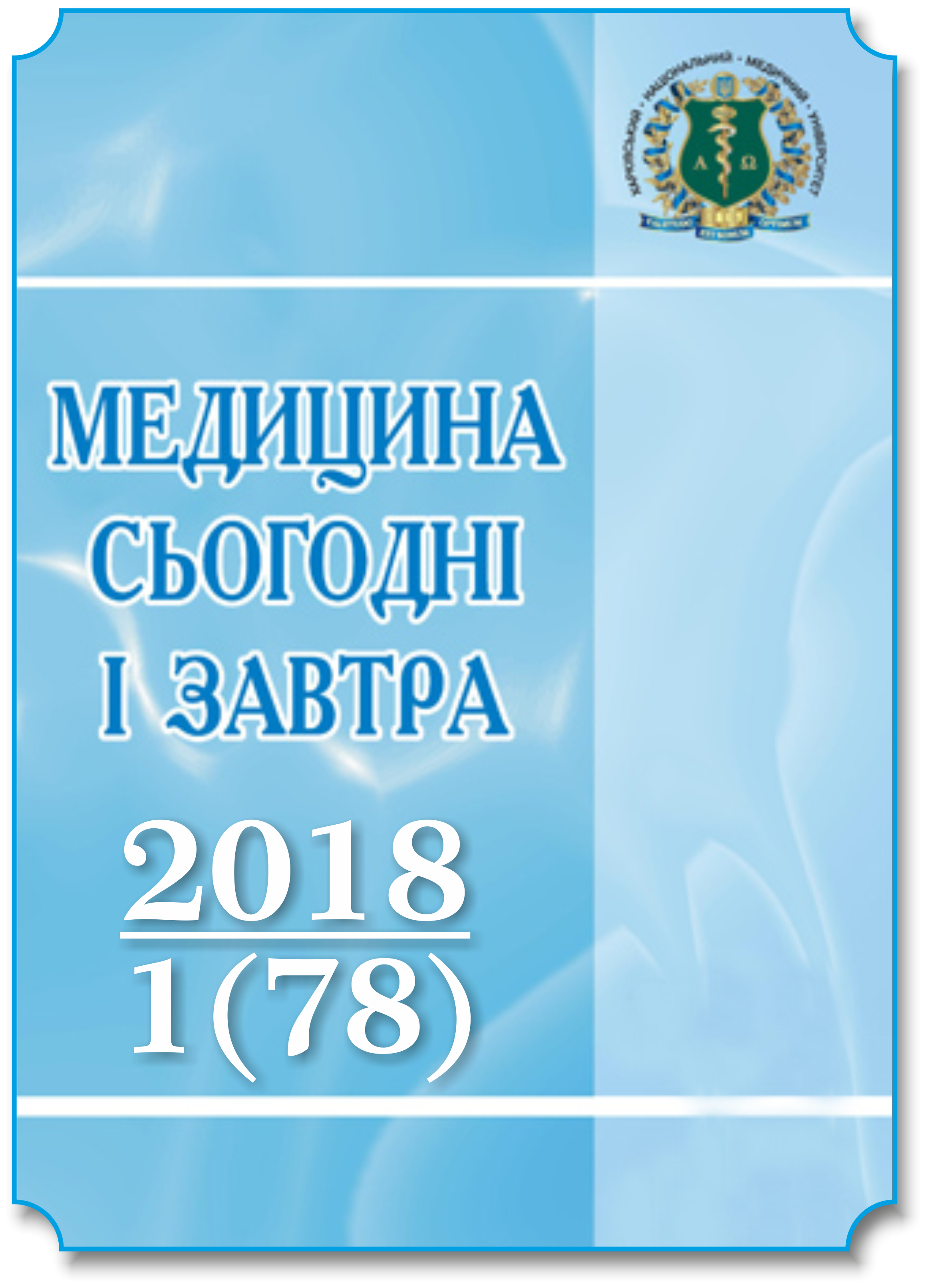Abstract
Histological, immunohistochemical, and genetic properties of stomach cancer have been studied. Interest was presented as a quantitative study of the marker expression in the population of patients with stomach cancer, and the correlation between these three groups. The histological panel consisted of 16 markers: the degree of differentiation of the primary tumor; localization of the tumor in the stomach; degree of infiltration of stomach wall; stage; number of lymph nodes removed during lymph node dissection; the number of metastatic lymph nodes; the tumor size measured by the morphologist; type of growth; lymphatic invasion; venous invasion; residual tumor disease; histological classification of the tumor according to the ICD-O; the tendency of stomach cancer to perineural tumor growth in the wall of the stomach; the presence of emboli in the vessels of the lymphatic and venous type; relationship between stroma/parenchyma; type of tumor growth according to JGCA (I–V). The immunohistochemical markers studied were р53, Ki-67, HER2/new, VEGFR-1, VEGFR-3. Only in 6 patients at the time of this writing there were studies of the presence of more complex tests, including ERCC1, TS, CDH1, MLH1, MSH2, topo2, BRCA-1, PIC3CA. Eventually the effect of marker expression on survival were studied and the survival of patients with stomach cancer with combinations of marker characteristics were compared. The only value of a very strong correlation in the study of the presented group of patients (n=26) was obtained by studying the relationship between the lifespan and the expression of the E-cadherin protein reflecting the presence of a genetically stable form of stomach cancer.
References
España-Ferrufino A. Extramural perineural invasion in pT3 and pT4 Gastric Carcinomas / A. España-Ferrufino, L. S. Lino-Silva, R. A. Salcedo-Hernández / J. Pathol. Transl. Med. – 2017. – Nov. 9. – DOI: 10.4132/jptm.2017.11.01.
Prognostic value of perineural invasion in gastric cancer: a systematic review and meta-analysis / J. Deng, Q. You, Y. Gao [et al.] // PLoS One. – 2014. – Vol. 9 (2). – e88907. – DOI: 10.1371/journal.pone.0088907. eCollection 2014.
Prognostic significance of the concomitant existence of lymphovascular and perineural invasionin locally advanced gastric cancer patients who underwent curative gastrectomy and adjuvant chemotherapy / J. E. Hwang, J. Y. Hong, J. E. Kim // Jpn. J. Clin. Oncol. – 2015. – Vol. 45 (6). – P. 541–546. – DOI: 10.1093/jjco/hyv031.
Reevaluating significance of perineural invasion in gastric cancer based on double immunohistochemical staining / Z. H Zhou, G. F. Xu, W. J. Zhang // Arch. Pathol. Lab. Med. – 2014. – Vol. 138 (2). – Р. 229–234. – DOI: 10.5858/arpa.2012-0669-OA.
Tsuburaya A. Points of revision in the new Japanese treatment guidelines for gastric cancer / A. Tsuburaya, T. Hayashi, T. Yoshikawa // Nihon Rinsho. – 2012 –Vol. 70 (10). – P. 1758–1762.
Japanese classification of gastric carcinoma: 3rd English edition // Gastric Cancer. – 2011. – Vol. 14. – P. 101–112. – DOI 10.1007/s10120-011-0041-5.
The 8 edition AJCC Cancer staging manual: continuing to build a bridge From a population-based to a more «Personalized» approach to cancer staging // Mahul B. Amin, Frederick L. Greene, Stephen B. Edge [et al.] // CA CANCER J. CLIN. – 2017. – Vol. 67. – P. 93–99.

